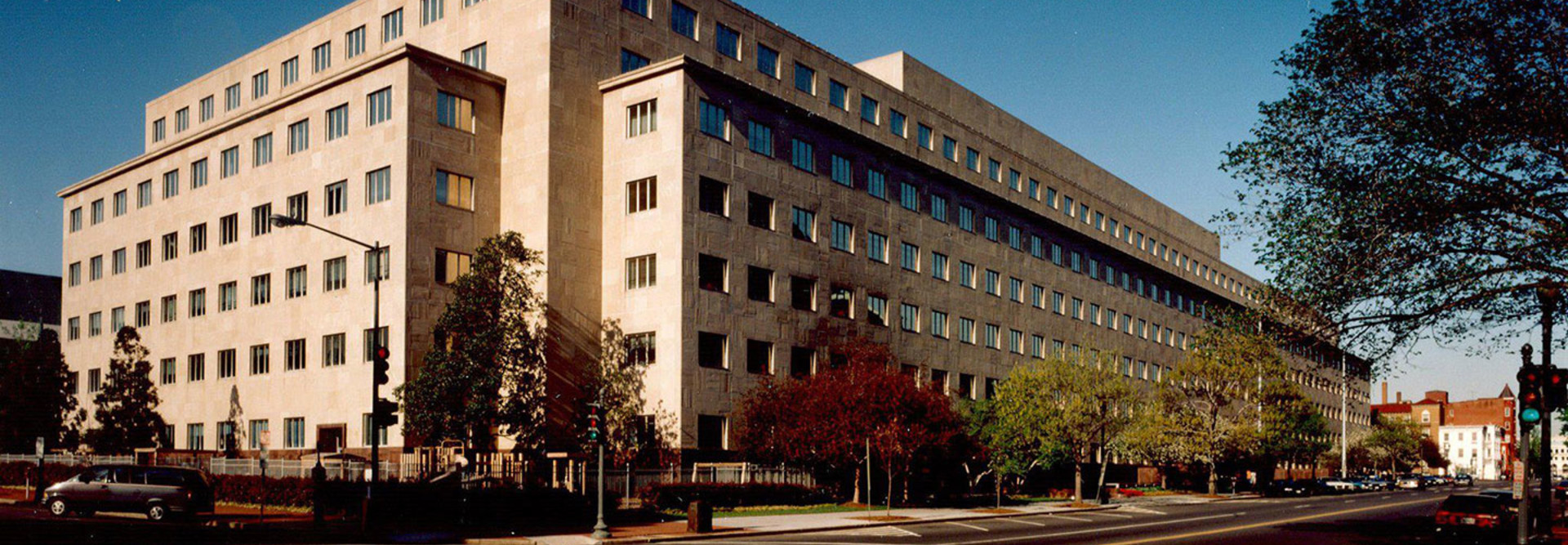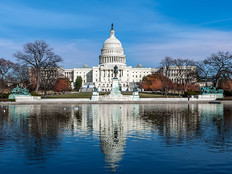IT Reform Leads To IT Modernization
Now that the Modernizing Government Technology Act is law, upgrading federal IT systems has gone from a mere discussion to the front of the 2018 agenda. And Congress wants to make sure agencies have more oversight as they update their technology.
On Dec. 13, a day after President Donald Trump signed the MGT Act into law, leaders of the House Oversight and Government Reform Committee from both parties asked the Government Accountability Office to expand its oversight of federal IT and agencies’ implementation of the Federal Information Technology Acquisition Reform Act.
The lawmakers want the GAO to report on the best practices of agencies (such as the U.S. Agency for International Development) that have scored high on the committee’s FITARA scorecard, likely with the goal of getting other agencies to follow them. And it wants GAO to identify the most urgent IT acquisitions, which will “likely lead to a list of programs that would be good candidates for investments from the MGT Act’s so-far unfunded centralized technology modernization fund and agency working capital funds,” Bloomberg Government notes.
SIGN UP: Get more news from the FedTech newsletter in your inbox every two weeks!
Congress Tasks GAO with More IT Oversight
The MGT Act authorizes the creation of a centralized fund for IT modernization in the Treasury Department that will be managed by the General Services Administration, as well as working capital funds inside agencies that they can use to fund IT modernization projects.
However, Congress still needs to actually appropriate the money for the centralized fund and the working capital funds will need to be set up inside numerous agencies.
“It may be a little bit of time before we actually begin to see real implications, real changes, real investments happening, until we get a sense of what monies are actually going to be appropriate and set aside in those working capital funds to devote to modernization,” Alan Balutis, distinguished fellow and director of the Internet Solutions Business Group at Cisco Systems tells FedTech.
Congress clearly wants oversight over how the MGT Act is implemented. In their letter, Reps. Trey Gowdy, Elijah Cummings, Mark Meadows, Gerry Connolly, Will Hurd and Robin Kelly requested that GAO head Gene Dodaro expand the agency’s IT oversight efforts to include five new areas:
-
Identify FITARA implementation best practices, particularly from those agencies that have received high grades and/or have demonstrated significant grade improvements.
-
Evaluate agencies’ implementation of the portfolio review requirements in FITARA to ensure agencies are eliminating duplicative systems.
-
Identify and evaluate the top 15-25 mission-critical IT acquisitions for the nation and report on the status of each of these IT acquisitions.
-
Identify and evaluate the top 10 legacy system modernization initiatives for the nation and top 10 modernization successes in the last five years.
-
Evaluate the state of IT human capital and identify challenges, strategies for success, as well as recommendations for improvement, in each of the major 24 federal agencies (which would follow up on previous GAO IT Workforce work).
Best Practices and IT Projects GAO Might Identify
As Bloomberg Government notes, the Departments of Commerce and Veterans Affairs, and the General Services Administration all scored a “B+” rating on the most recent FITARA scorecard. USAID scored an “A-,” following an “A+” in June. Those agencies’ best practices will likely inform GAO’s reporting.
As FedScoop reports, USAID officials, for their part, say the agency has achieved high marks by accepting that updating IT is risky, getting buy-in from agency leadership, creating a culture of incremental progress and working with GAO on better reporting its progress.
The portfolio review aspect of GAO’s reporting will likely center on previous GAO reporting of unnecessary IT systems. “Contractors may benefit from finding these areas of inefficiency and presenting a solution to the agency,” Bloomberg Government reports. “Other vendors, if their system is deemed unnecessary or duplicative, may see their contracts being consolidated or eliminated. Vendors that can demonstrate how their services can be shared will benefit in future IT acquisitions.”
The mission-critical IT systems reporting will be especially important, Bloomberg Government notes, because GAO will likely provide a list of the programs that should receive modernization fund money.
“Acquisitions that improve efficiency, cut costs and reduce risk will take precedence. Cybersecurity, shared services, cloud migration and data center consolidation will be the focus,” Bloomberg Government notes. “Programs that address upgrading legacy systems, innovative programs that lack funding and programs rated by CIOs as important but risky are probably the ideal candidates to receive modernization money”
The legacy IT systems GAO reported on in May 2016 will likely come up in its reporting as well. The IT modernization success stories will probably provide a template for future upgrades.
In reporting on the IT workforce, Congress wants GAO to provide agencies with strategies for addressing the IT skills gap, Bloomberg Government reports. The outlet speculates that GAO might suggest “job-swap programs, where an industry IT professional trades jobs with a counterpart from government for a couple of years.”









